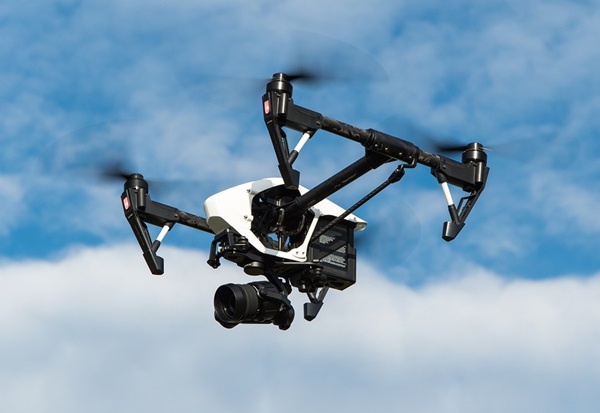BALTIMORE, MD—The Maryland State Highway Administration has received a $1.6 million federal grant for a pilot study that will assess the effectiveness of using drones for traffic management in work zones.
The study will be conducted in collaboration with the University of Maryland and aims to make use of drones, roadside sensors, and other data to improve safety and efficiency in work zones on I-695 in Baltimore.
The innovative technology can provide early warnings of traffic congestion and bottlenecks, enabling officials to make real-time adjustments that can help to improve safety and efficiency. This is of critical importance to reducing traffic fatalities and injuries, which is why the State Highway Administration is exploring the use of drones as an innovative tool to enhance road safety.
The funds awarded are part of the U.S. Department of Transportation’s Strengthening Mobility and Revolutionizing Transportation (SMART) Program, which supports projects that are designed to improve transportation efficiency and safety. This grant is one of 34 awards totaling $50 million that have been announced across the country for projects across the country.
One year ago, on March 22, 2023, six workers lost their lives in a work zone crash on I-695 (Baltimore Beltway). Nationwide, there have been more than 100,000 work zone crashes annually since 2018, resulting in thousands of fatalities and hundreds of thousands of injuries.
“The State Highway Administration will continue to explore new technologies and tools to help us protect highway crews and the traveling public. The combination of sensors and drone-based data could provide us with unprecedented insight to make our roadways safer for all,” said State Highway Administrator Will Pines. “In addition to our technology enhancements, we ask that drivers stay alert, move over, drive sober and be aware of reduced speed limits in work zones.”
Officials say the combination of sensors and drone-based data could provide an unprecedented insight into making roads safer for everyone.
This article was written with the assistance of AI and reviewed by a human editor.
Photo via Pixabay


